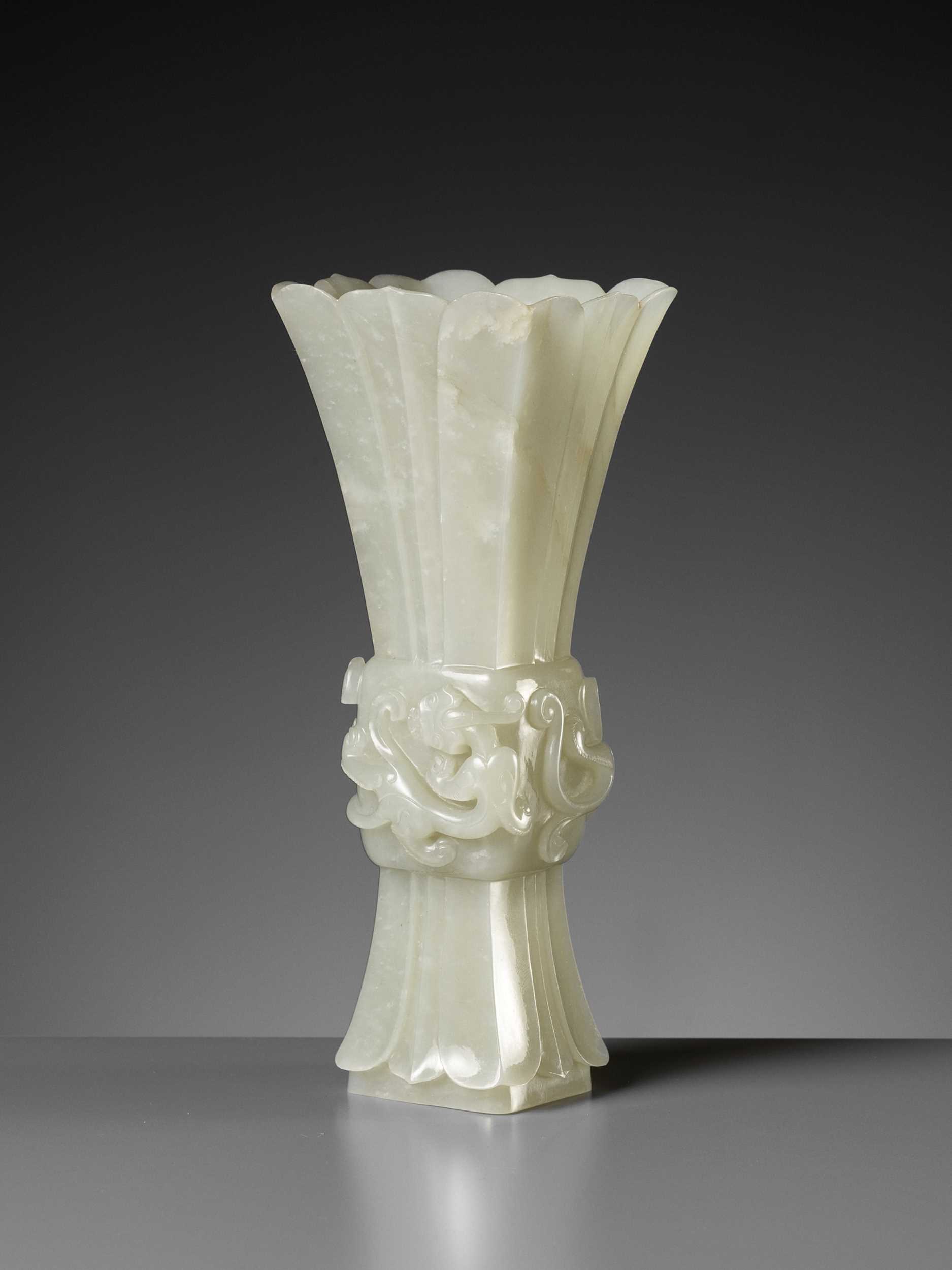Excellent High Classical Style Click image to view larger Description: Islands off Thrace, Thasos AR Stater. Circa 412-404 BC. Bald headed and nude Satyr in kneeling-running stance to right, carrying off a protesting nymph; Α in right field / Quadripartite incuse square. Kraay-Hirmer 437; Gulbenkian 464; Le Rider, Thasiennes, 6; SNG Copenhagen Suppl. 103. 8.50g, 21mm. Good Extremely Fine, excellent high classical style. Ex A. Tkalec, 7 May 2009, lot 29. Thasos, a large island off the western coastal region of Thrace, gained its enormous wealth by virtue of its local silver mines as well as mines it controlled on the Thracian mainland opposite the island city-state. According to Herodotos (VI, 46), the city derived 200-300 talents annually from her exploitation of this mineral wealth. Additionally, Thasos gained much material wealth as a producer and exporter of high quality wines, which was tightly regulated by the government, and it was perhaps due to this trade in wine that her coinage spread throughout the Aegean making it a widely recognized and accepted coinage in distant lands. The artistry of this coin is exceptional, and belongs to the very end of the 5th century BC before the end of the Peloponnesian War. Earlier didrachm staters struck to a local Thracian standard originally of 9.8g and subsequently to 8.7g are quite crude in style, portraying a vigorous and beastly satyr forcibly abducting a very unwilling nymph. By contrast the nymph on this coin seems to barely protest the abduction, and the satyr is imbued with almost wholly human qualities. The engraving is by a superior artist and is in a very lovely style, the head of the satyr reminding us of the miniature masterpieces from Katane in Sicily depicting a satyr's head facing, while the head of the nymph here is strongly reminiscent of the head of the nymph found on the coins of nearby Neapolis in Macedon. There is no explanation in the relevant literature of the letters A, Σ, or Φ which sometimes appear in the obverse field of these later staters (they never appear on the earlier staters). They cannot be the signatures of the artists as the staters with the same letter often show a markedly different hand at work, so they most probably simply identify the magistrate responsible for the issue, a commonplace feature on other coinages from a number of mints during this and subsequent times.
Excellent High Classical Style Click image to view larger Description: Islands off Thrace, Thasos AR Stater. Circa 412-404 BC. Bald headed and nude Satyr in kneeling-running stance to right, carrying off a protesting nymph; Α in right field / Quadripartite incuse square. Kraay-Hirmer 437; Gulbenkian 464; Le Rider, Thasiennes, 6; SNG Copenhagen Suppl. 103. 8.50g, 21mm. Good Extremely Fine, excellent high classical style. Ex A. Tkalec, 7 May 2009, lot 29. Thasos, a large island off the western coastal region of Thrace, gained its enormous wealth by virtue of its local silver mines as well as mines it controlled on the Thracian mainland opposite the island city-state. According to Herodotos (VI, 46), the city derived 200-300 talents annually from her exploitation of this mineral wealth. Additionally, Thasos gained much material wealth as a producer and exporter of high quality wines, which was tightly regulated by the government, and it was perhaps due to this trade in wine that her coinage spread throughout the Aegean making it a widely recognized and accepted coinage in distant lands. The artistry of this coin is exceptional, and belongs to the very end of the 5th century BC before the end of the Peloponnesian War. Earlier didrachm staters struck to a local Thracian standard originally of 9.8g and subsequently to 8.7g are quite crude in style, portraying a vigorous and beastly satyr forcibly abducting a very unwilling nymph. By contrast the nymph on this coin seems to barely protest the abduction, and the satyr is imbued with almost wholly human qualities. The engraving is by a superior artist and is in a very lovely style, the head of the satyr reminding us of the miniature masterpieces from Katane in Sicily depicting a satyr's head facing, while the head of the nymph here is strongly reminiscent of the head of the nymph found on the coins of nearby Neapolis in Macedon. There is no explanation in the relevant literature of the letters A, Σ, or Φ which sometimes appear in the obverse field of these later staters (they never appear on the earlier staters). They cannot be the signatures of the artists as the staters with the same letter often show a markedly different hand at work, so they most probably simply identify the magistrate responsible for the issue, a commonplace feature on other coinages from a number of mints during this and subsequent times.














Testen Sie LotSearch und seine Premium-Features 7 Tage - ohne Kosten!
Lassen Sie sich automatisch über neue Objekte in kommenden Auktionen benachrichtigen.
Suchauftrag anlegen